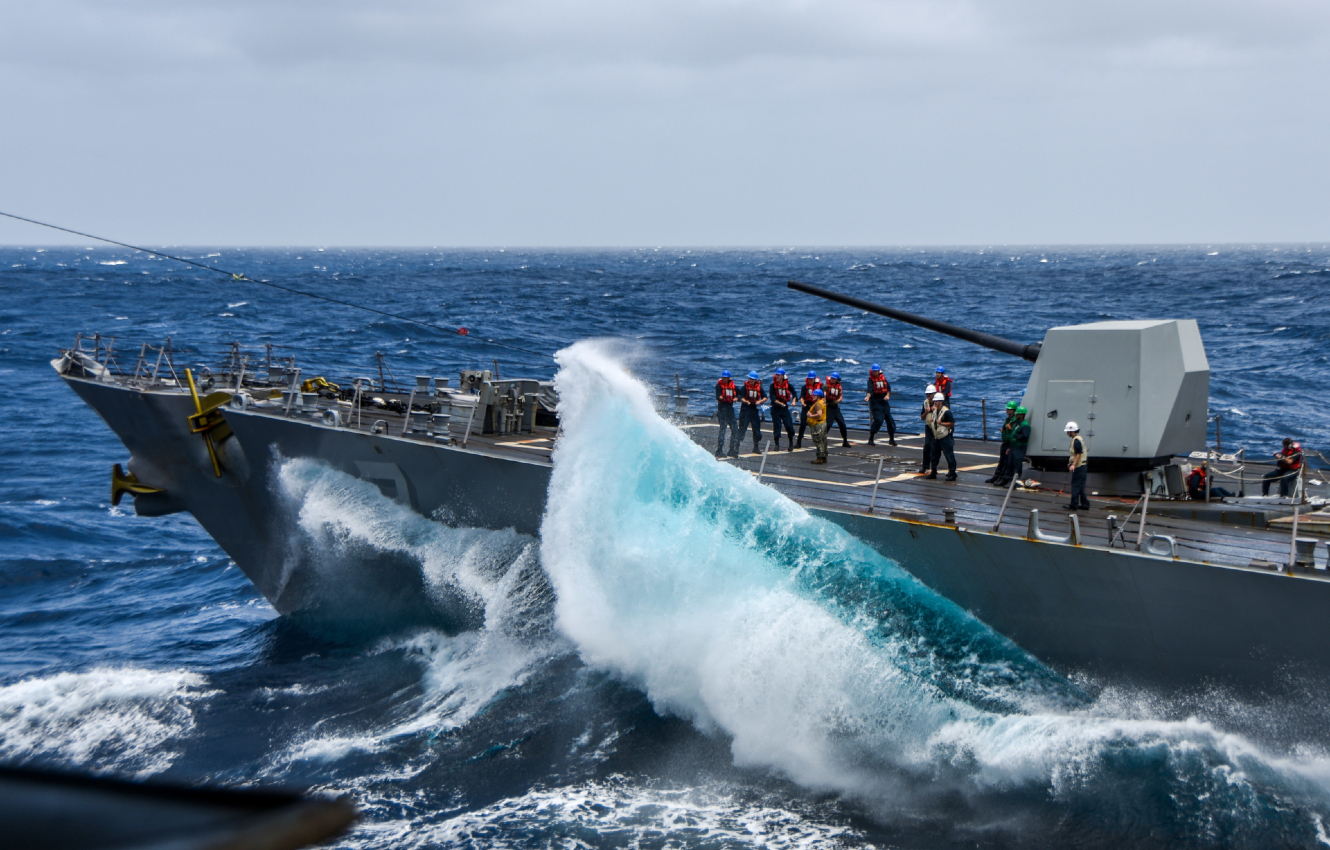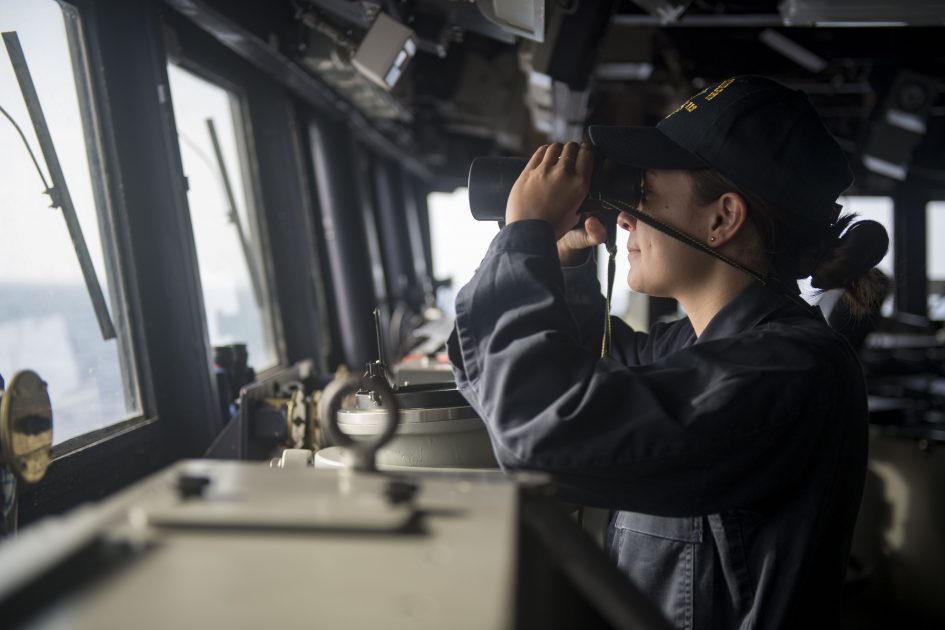- Reaction score
- 147
- Points
- 710
US Navy to be big budget winner as PRC the main enemy, er adversary?
Mark
Ottawa
CJCS Milley Predicts DoD Budget ‘Bloodletting’ To Fund Navy
"Look, I'm an Army guy,” Milley said. "And I love the Army...but the fundamental defense of the United States and the ability to project power forward will always be for America naval and air and space power."
In a major speech outlining important strategic shifts for the United States, the Chairman of the Joint Chiefs, an Army general, today predicted “a lot of bloodletting” in the Pentagon as the military strives to get the Navy the hundreds of new ships it says it needs to confront China.
“I would advocate, and bias going forward, heavy investment” in sea, air and space-centric platforms, Milley said. As for the other priorities, he said, “none of it gets cut to zero; this is a matter of balancing things. It’s a very, very difficult exercise we’re going to have to go through. It’s going to be ruthless, there’s going to be a lot of bloodletting and a lot of stuff left on the floor. We’re gonna have to do that in the coming years — no question about it.”
Milley’s comments indicate the Army is likely to be the loser in the coming budget wars.
There have been rumblings for weeks that the new Navy shipbuilding plan, which calls for a fleet of about 500 ships, would be impossible under current budget projections, leading the Pentagon to eye Army and Air Force accounts to make up the difference.
Milley all but confirmed that.
“I don’t want to reveal my cards,” on the numbers being considered, he said at a virtual Navy Institute event. “But I probably already did by saying we’re a maritime nation. We are, and the defense of the United States depends on air power and sea power primarily. People can say what they want and argue what they want, but that’s a reality.”..
“So, look, I’m an Army guy,” Milley said. “And I love the Army…but the fundamental defense of the United States, and the ability to project power forward [are] going to be naval and air and space power.”..
https://breakingdefense.com/2020/12/cjcs-milley-predicts-dod-bloodletting-to-fund-navy-priorities/
Mark
Ottawa








